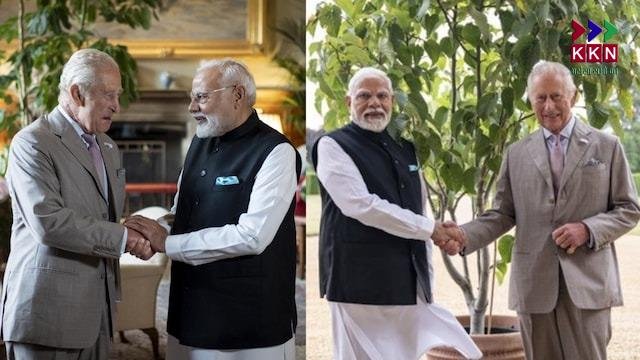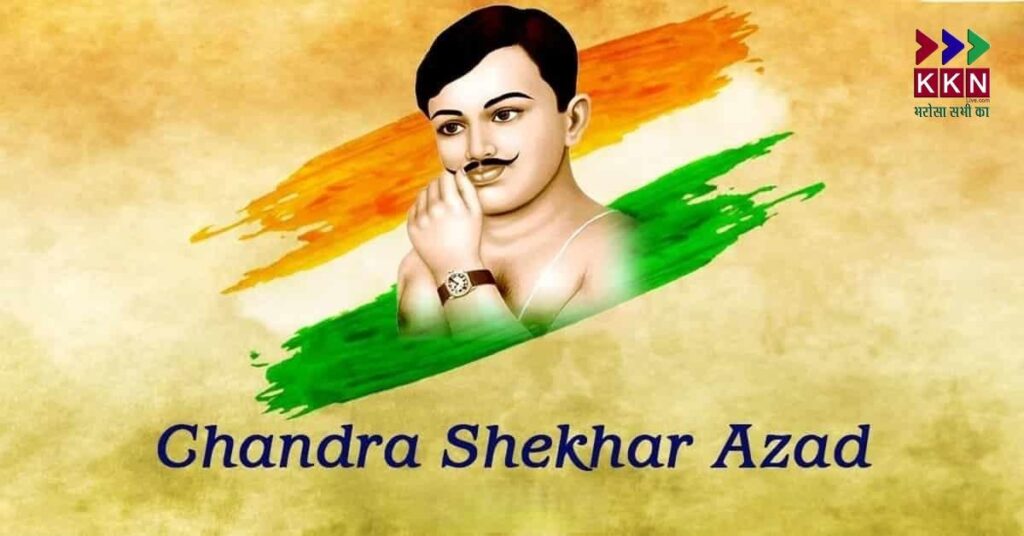
After three years of negotiations and intermittent delays, India and the United Kingdom have formally sealed a Free Trade Agreement (FTA) on 24 July 2025. Indian Prime Minister Narendra Modi, currently on his fourth official visit to the UK, joined UK Prime Minister Keir Starmer to inaugurate this landmark agreement that promises to transform bilateral commerce.
At the agreement ceremony captured by Getty Images, both prime ministers joined hands to sign the Comprehensive Economic and Trade Agreement (CETA)—a pact set to redefine trade relations.
A Strategic Economic Partnership
Prime Minister Modi emphasised that the agreement is not merely an economic contract but a roadmap to shared prosperity. He highlighted the benefits to India’s key export sectors such as textiles, footwear, gems and jewellery, seafood, and engineering goods. He also pointed out that UK markets will open significantly for Indian agricultural and processed food sectors, helping expand livelihoods and farm incomes.
Modi added that this accord will particularly support farmers, fishermen, and micro, small and medium enterprises (MSMEs). On the flip side, British products like medical devices and aerospace components will become more affordable and accessible in India.
Key Benefits: Tariff Reductions and Trade Growth
The UK government projects that the CETA will boost its economy by around £4.8 billion annually (approximately USD 6.5 billion). While current bilateral trade volumes are modest—UK imports from India account for only around 1.9 percent of its total exports and India exports only 1.8 percent to the UK—this agreement aims to elevate trade significantly.
Indian Commerce Minister Piyush Goyal and his UK counterpart Jonathan Reynolds jointly stated that joint market access and tariff reduction will help India achieve its ambitious goal of $1 trillion in exports by 2030, with the UK as a high-priority trade partner.
Discussions had begun in 2022 during Boris Johnson’s tenure, and both sides reaffirmed that this is now one of the UK’s most significant post-Brexit trade deals.
What Tariff Cuts Will Mean for Consumers
One of the most eagerly awaited outcomes is the tariff reductions. On imports from the UK, the average tariff rate will fall from 15 percent to just under 3 percent, which will make UK goods much more competitive in the Indian market.
Specifically, tariffs on UK whisky imports will drop from 150 percent to 75 percent initially, with plans to reduce further to 40 percent by 2035. Indian consumers can expect more affordable UK products including spirits, machinery, medical and aerospace equipment, biscuits, chocolates, and meat.
India’s exports to the UK—including garments and jewellery—will also become price competitive, gaining better access to British consumers.
Employment and Professional Mobility Provisions
UK Prime Minister Starmer projected that the agreement could create upwards of 2,200 jobs across Britain. The deal also includes important clauses on professional mobility. Indian professionals temporarily posted to the UK and vice versa will now contribute to social security only in their home countries, as part of a ‘double contribution convention’. This framework already exists between the UK and multiple countries including the EU, USA, and South Korea.
UK Trade Minister Jonathan Reynolds dismissed concerns that Indian workers would undercut local wages, clarifying that Indian professionals would actually face higher costs related to visa fees and NHS surcharges.
Ongoing Negotiations on Sensitive Issues
While the agreement covers a wide spectrum, both governments continue negotiations on areas like financial and legal services, where UK access into Indian markets is still limited. Talks are also underway regarding a bilateral investment protection agreement. Such a pact aims to secure investor rights and reduce disputes regarding cross-border investments.
Also under discussion is the proposed carbon border adjustment mechanism by the UK, planned to roll out from January next year. India has queried whether this would impose additional taxes on exports from high-carbon sectors, potentially affecting agricultural and industrial products.
Security and Intelligence Sharing Elevated
Beyond trade, the agreement encompasses expanding bilateral cooperation in defence, education, climate, technology, and innovation. It opens new avenues for collaboration in intelligence sharing and operational coordination to tackle organised crime, fraud, corruption, and illegal migration.
Both countries are in the final stages of ratifying an agreement to share criminal records, enabling streamlined judicial processes, accurate watch lists, and better enforcement of travel bans. While approved by India’s cabinet earlier this week, the pact still awaits parliamentary consent and implementation could take over a year.
Why This Agreement Matters for India
For India, the deal enhances market access for MSMEs and exporters, increases competition, and integrates its economy more deeply with global value chains. It supports Prime Minister Modi’s vision of transforming India into a manufacturing and export powerhouse.
For UK businesses, easier access into one of the fastest-growing major economies means new opportunities in retail, engineering, agro-processing, education, and technology sectors.
Political and Public Reactions
While Indian leaders have largely welcomed the deal, some British opposition voices have expressed concern over worker protections. Concerns include the extended waiver of national insurance contributions for Indian workers, which has been stretched from one year to three years. UK authorities have assured that safeguards exist to protect local workers against unfair competition.
A balanced consensus appears to have been struck, with the diplomatic narrative highlighting mutual benefits and long-term strategic alignment.
Five Key Takeaways from the India‑UK Trade Deal
It is the UK’s largest post-Brexit trade agreement with India.
Average tariffs on bilateral trade will reduce drastically, benefiting exporters and consumers.
Indian MSMEs, agriculture, gems and jewellery, and engineering sectors will gain priority market access.
Simplified professional exchanges with lower social security burdens for temporary workers from both countries.
Enhanced cooperation in security, judiciary, education, and investment protection.
Looking Ahead: Timeline and Implementation
The agreement must still undergo parliamentary approval in both countries before coming into full effect. Implementation may take at least a year, as both sides adjust tariff schedules, regulatory practices, and administrative frameworks.
Key next steps include:
India: conducting public consultations, aligning customs and trade policies, and rolling out compliance guidelines.
UK: finalising secondary legislation and issuing guidance for industry and service sectors adapting to new rules.
Both countries aim to stage a phased rollout of tariff cuts and service liberalisation over the next decade.
The India‑UK Free Trade Agreement 2025 sets a new benchmark for bilateral ties. It goes beyond trade to become a comprehensive strategic framework covering commerce, investment, security, and people-to-people links.
Prime Minister Modi called it a shared prosperity plan, while PM Starmer saw the deal as a growth and employment engine for Britain. It aligns with India’s broader economic goals and strengthens a long-term partnership built on trust, mutual respect, and shared values.
As implementation begins, both economies and their industries will monitor closely how effectively this agreement translates into real-world gains—be it foreign direct investment, job creation, or affordable goods for consumers.


